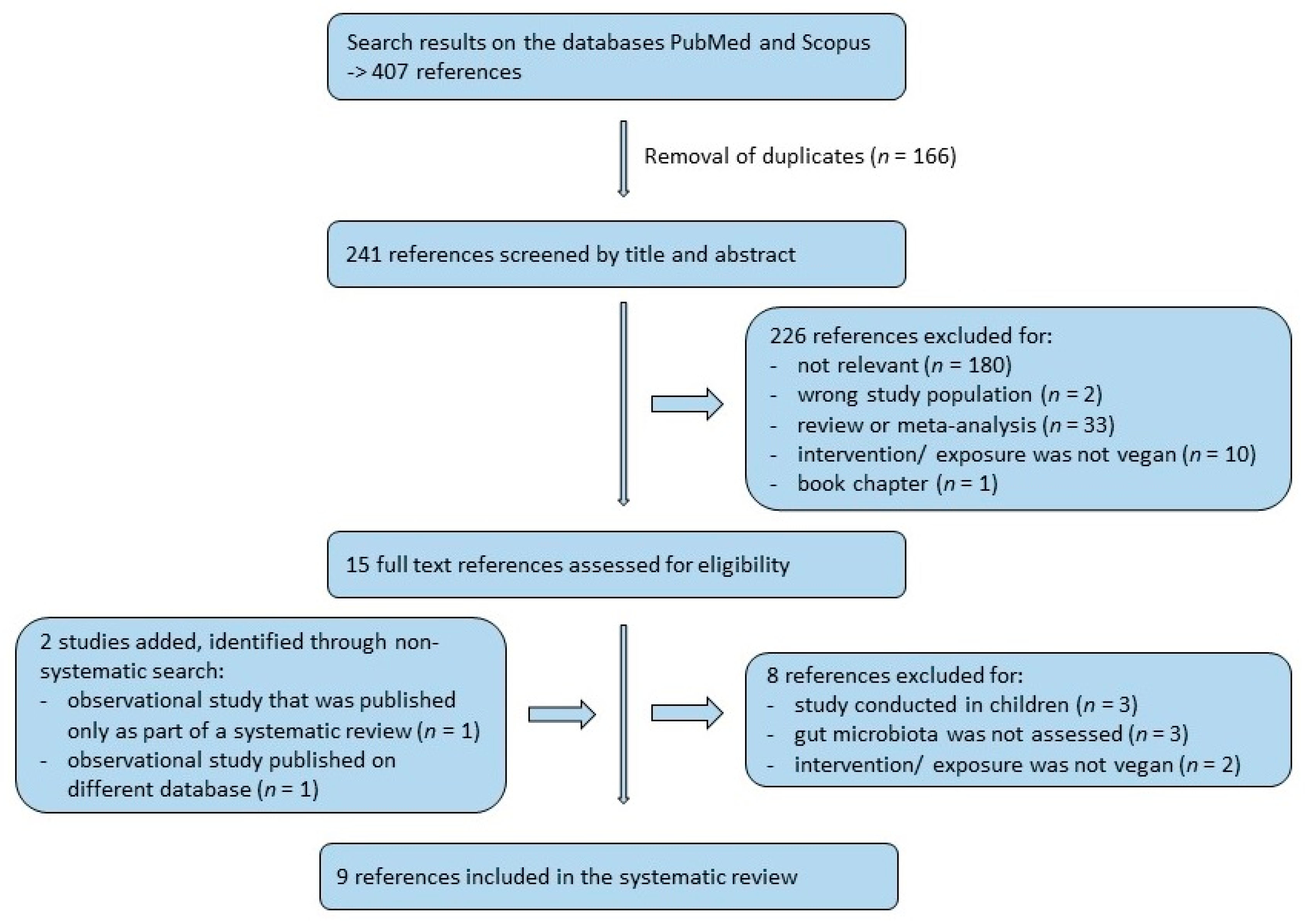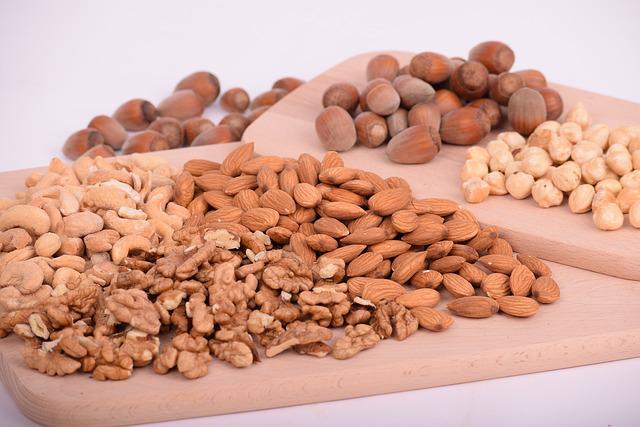
You can combat the flu and colds with vegetarian meals. These vegetarian recipes are easy to prepare and can be enjoyed hot. They contain ingredients like turmeric, which helps to fight the cold and flu. In addition to being delicious and healthy, they are also useful for making tonics and soups.
Easy and quick
A quick and easy vegan cold lunch is a good option if time is tight. Cold lunches in the past meant cheese slices or deli meats, tuna and egg salad, as well as other foods. As a vegan, you need to figure out new ways to make tasty lunches that don't require reheating. Here are 35 ideas for cold vegan meals that you can make.
This vegan macaroni spaghetti salad is a unique twist on the macaroni salad. A creamy sauce made from tofu and savory spices coats the chewy pasta, crispy vegetables, and hearty potatoes. Fresh herbs can be added to give it a special finishing touch. Peanut butter, pasta and other cold vegan options are great. This dish uses brown rice noodles as the base. Layers of vegetables are added, such as cucumbers, radishes and snow peas. On top, drizzle some spicy-sweet peanut butter sauce.
No-cook
Easy, quick-to-prepare cold vegan meals are possible. A little pickle or Dijon may be added to give the sandwich a touch more tang. Adding extra veggies to it will add flavor. You can also make a large batch of vegan salad and store it in airtight containers in the fridge. Fresh fruit, which can easily be cut and stored in Ziploc bags, is another good option for a fast and easy meal. A snack can be a great addition to a sandwich or salad.

No-cook meals are great for hot summer days and can be whipped up in a few minutes. They are great for taking advantage of fresh seasonal produce, and they don't require oil. You can also use pre-cooked ingredients like dried beans if you prefer to not have to cook. In addition, some recipes only require minimal cooking, such as those that call for toaster ovens or air fryers.
Salads
Not all cold vegan meals have to be bland. Seasonal fruits and vegetables can brighten up your salad and make it more nutrient dense. For a more crunchy salad, you can add nuts, seeds, or crutons to increase the texture. Consider adding some vegan protein like chickpeas, tofu and edamame. You can also use dried fruit for flavor and crunch.
Beans are rich in fiber and protein. They can also bulk up salads. They are great for heart and brain health. Consider chickpeas as well as kidney beans, white and black beans. Lentils or tofu can be tried, which both have a firm texture but a neutral taste.
Sandwiches
You don't have to spend hours making a vegan meal. All you need are some basic ingredients. You can make falafel sandwiches with your favorite bread and veggies. They are an easy and tasty lunch or dinner. Here's how to make it. Just follow these steps.
Tofu salad: This dish can also be made vegan. Because it is very firm, tofu makes a great sandwich. You can also use tofu that has been fried. It can be flavoured with turmeric, pepper and nutritional yeast.

Soups
For a warm and comforting meal, make cold soups at-home. A classic cold-weather choice is tomato soup. You can make it either chunky, smooth or both. It's a hearty soup that has low calories and has a light flavor. The flavor is balanced by adding a little lemon juice. Soup should be made ahead of time to allow it to chill.
Creamy vegan potato soup is a wonderful plant-based variation of a classic vegetable mixture. This soup can be served chilled and is great any time of the year. A tasty vegan soup made with cold potato spinach is also available. This is a hearty and refreshing dish that can be used as a starter for any meal. Another cool summer soup is chilled avocado soup. This soup is great with tortilla dishes, pasta salads, fresh corn, and grilled vegetables.
FAQ
How often should i exercise?
A healthy lifestyle requires regular exercise. You don't have to exercise for a certain amount of time. The key is finding something you enjoy and stick with it.
It is a good idea to exercise at least three times per week. Then, you should aim to do between 20 and 30 minutes of moderate-intensity activity. Moderate intensity will mean that you'll continue to be exerting yourself afterward. This type workout burns about 300 calories.
Walking is a great option if you are a keen walker. You can do 10-minute walks four days per week. Walking is low impact and easy on your joints.
Jogging for 15 minutes three days a week is a good option if you prefer to run. Running is a great way to burn off excess calories and build muscle tone.
You can start slow if you are new to exercise. You can start with only 5 minutes per week of cardio. Gradually increase your cardio duration until reaching your goal.
How do I count calories?
It is possible to wonder "what the best diet is for me?" or "is counting calories necessary?" The answer is dependent on many factors like your current state of health, your personal goals, how you prefer to eat, and your overall lifestyle.
Which one is right for you?
My personal health, goals, lifestyle and preferences will all influence the best diet. There are many diets available, some good and others not so good. Some diets work well for some people and others do not. What can I do to make the right choice? What can I do to make the right decision?
These questions are addressed in this article. It begins by briefly describing the different diets available today. The pros and cons of each diet are then discussed. Finally, we'll look into how to choose the best one for you.
Let's start by taking a look at the various types of diets.
Diet Types
There are three types of diets available: ketogenic, high-protein, and low-fat. Let's talk about them briefly.
Low Fat Diets
A low fat diet reduces the amount of fats you eat. This is accomplished by decreasing the intake of saturated fats like butter, cream cheese, and other dairy products. They are replaced by unsaturated fats such as avocados, olive oil, and cream cheese. For those looking to lose weight quickly, a low fat diet is often recommended. This diet can cause constipation, heartburn, and stomach problems. It can also lead to vitamin deficiencies, if someone doesn't get enough vitamins in their food.
High Protein Diets
High protein diets restrict carbohydrates in favor of proteins. These diets often have higher levels of protein than most other diets. These diets are meant to help increase muscle mass and decrease calories. The downside is that they may not provide adequate nutrition for someone who needs to eat regularly. They can also be very restrictive so they may not be suitable for everyone.
Ketogenic Diets
The ketogenic diet is also known by the keto diet. They are high fat and moderately carbohydrate and protein-rich. They are popularly used by bodybuilders, athletes, and others who want to be able to train harder and more efficiently without becoming tired. To avoid side effects such as fatigue, nausea, headaches, or other unpleasant side effects, you must strictly adhere to their instructions.
How do I measure body fat
A Body Fat Analyzer will give you the most accurate measurement of body fat. These devices are used to measure the percentage of bodyfat in people who desire to lose weight.
Why should we live a healthy existence?
Healthy lifestyles lead to happier and longer lives. Regular exercise, healthy eating habits, healthy sleep habits and stress management can all help prevent strokes, heart disease, diabetes, and cancer.
A healthy lifestyle will improve our mental well-being and help us deal better with everyday stresses. Having a healthy lifestyle will also boost our self confidence and help us look and feel younger.
How can weight change with age?
How can you determine if your bodyweight is changing?
A person who has less body fat than their muscle mass will experience weight loss. This means that calories must be consumed at a rate greater than energy. Low activity levels are the leading cause for weight loss. Other factors include stress, pregnancy and hormonal imbalances. When there is more fat than muscles, it's called weight gain. It occurs when people eat more calories each day than they use. Overeating, increased physical activity and hormonal changes are all common reasons.
We consume fewer calories that we burn. This is why we lose weight. When we exercise regularly, we increase our metabolism rate which burns off more calories throughout the day. But, this does not mean that we'll get thinner. It is important to know if we are losing weight or gaining muscle. If we are burning more calories than what we eat, then we will lose weight. But if we're consuming more calories than we're burning, then we're actually storing them as fat.
As we grow older, we tend to become slower at moving around and therefore we don't move as much. We also tend eat less than we did when our children were young. Also, we are more likely to gain weight. On the flipside, we are more muscular than we really need and appear larger.
There is no way to measure how much weight your body has lost without weighing yourself every week. There are many ways you can measure your weight. You can measure your waist, your hips and your thighs. Some people prefer to use bathroom scales while others like to use tape measures.
If you want to track your progress, you should try weighing yourself once a week and measuring your waistline once a month. You can also take images of yourself every few weeks to see how far it has come.
Online data can be used to determine your weight. If you are 5'10" tall, and you weigh 180 lbs, then you would probably weigh 180 lbs.
Statistics
- WHO recommends consuming less than 5% of total energy intake for additional health benefits. (who.int)
- In both adults and children, the intake of free sugars should be reduced to less than 10% of total energy intake. (who.int)
- WHO recommends reducing saturated fats to less than 10% of total energy intake; reducing trans-fats to less than 1% of total energy intake; and replacing both saturated fats and trans-fats to unsaturated fats. (who.int)
- The Dietary Guidelines for Americans recommend keeping added sugar intake below 10% of your daily calorie intake, while the World Health Organization recommends slashing added sugars to 5% or less of your daily calories for optimal health (59Trusted (healthline.com)
External Links
How To
How to keep motivated to eat healthy and exercise
Motivation tips for staying healthy
Motivational Tips to Stay Healthy
-
Write down your goals
-
Set realistic goals
-
Be consistent
-
Reward yourself when you achieve your goal
-
Don't give up if you fail at first
-
Have fun